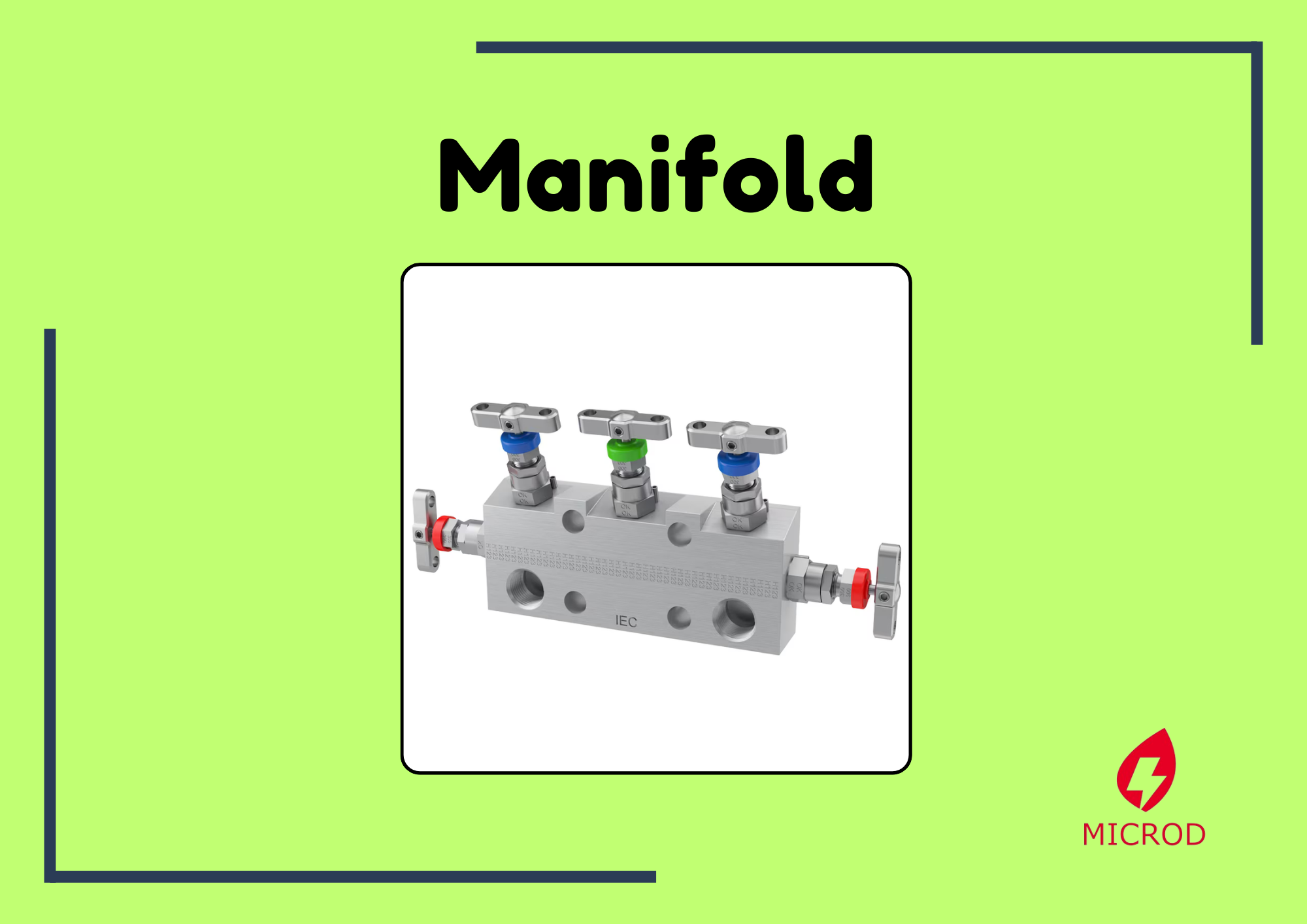Manifold

A pneumatic manifold is a component used in pneumatic systems to distribute and control the flow of compressed air. It serves as a central hub that connects various pneumatic components, such as valves, cylinders, and other devices, allowing for efficient control and regulation of air flow within a system. Manifolds are essential in automating and controlling pneumatic processes in industrial applications.
Functions of a pneumatic manifold:
1. Distribution of Compressed Air: The primary function of a pneumatic manifold is to distribute compressed air from a single source to multiple destinations or devices within a pneumatic system.
2. Control and Regulation: Manifolds include valves that can be used to control the flow of air to different components. This enables precise regulation of pressure, speed, and direction in pneumatic actuators like cylinders.
3. Integration of Components: Manifolds provide a centralized location to connect various pneumatic components, facilitating easy integration and simplifying the overall design of a pneumatic system.
4. Reduced Tubing: By consolidating multiple connections into a single manifold, the need for extensive tubing and fittings is reduced, minimizing potential leak points and simplifying system maintenance.
Applications of pneumatic manifolds:
1. Automated Manufacturing: Pneumatic manifolds are commonly used in automated manufacturing processes for tasks such as material handling, assembly, and packaging. They enable precise control of pneumatic actuators in these applications.
2. Industrial Automation: Pneumatic systems, controlled by manifolds, are widely used in industrial automation for tasks like pick-and-place operations, conveyor systems, and machine tool operation.
3. Processing and Packaging: Pneumatic manifolds play a crucial role in processing and packaging systems, where controlled air pressure is needed for tasks like sorting, labeling, and filling.
4. Material Handling: Pneumatic systems are employed in material handling equipment, such as robotic arms and grippers, to manipulate and transport objects in various industries.
5. Medical Equipment: Pneumatic components and manifolds are used in some medical devices, such as pneumatic actuators in hospital beds and certain diagnostic equipment.